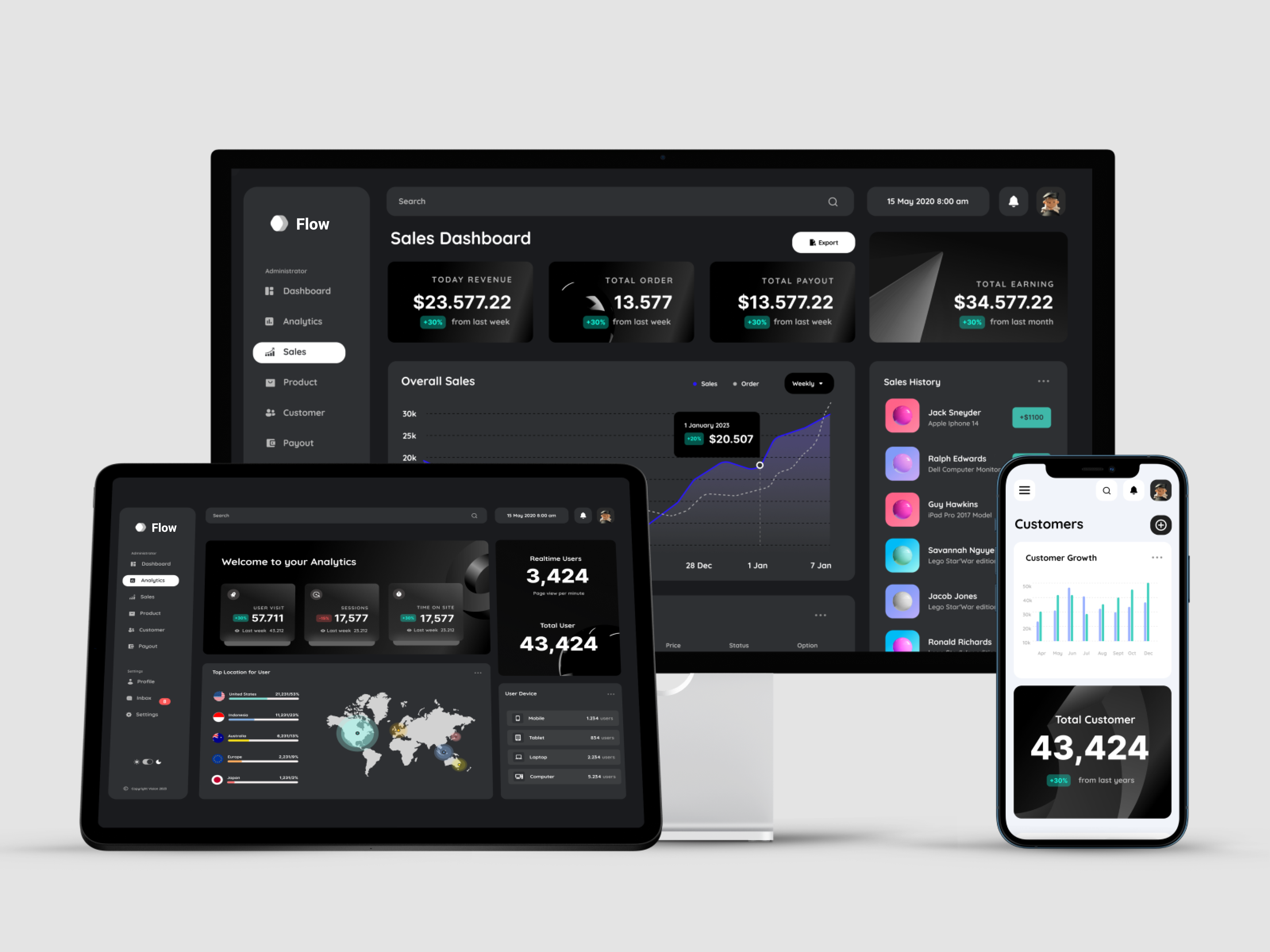EUR-USD and EUR-GBP Exchange Rates Analysis
Investigated the variability of the exchange rates EUR-USD (United States) and EUR-GBP (United Kingdom) and determined their behavior during the 2007-2008's financial crisis period. Additionally, a quick observation of the variability of the EUR-GBP exchange rate from 2016 to 2019 (Brexit) was done.
.png)
Challenge
Goal: Investigate the variability of the exchange rates EUR-USD (United States) and EUR-GBP (United Kingdom) and determine their behavior during 2007-2008's financial crisis period.
Dataset: The dataset for this project shows daily exchange rates for the Euro from 1999 through 2022. Most nations in the European Union use the euro (€) as their official currency. The dataset was put together by Daria Chemkaeva and made accessible on Kaggle; the data source is the European Central Bank. Please note that the dataset is updated often.
Project Results
In this analysis, the EUR-USD exchange rate was examined throughout the financial crisis of 2007–2008 as well as its subsequent impact on the EUR-GBP exchange rate. Additionally, a quick observation of the variability of the EUR-GBP exchange rate from 2016 to 2019 (Brexit) was done. The key information regarding both exchange rates is provided below:
- The EUR-USD exchange rate was significantly impacted by the financial crisis of 2007–2008. From the end of 2007, it quickly grew until briefly remaining stable from December to the end of February 2008. After then, it kept increasing until reaching its high (about 1.59) in April, the month the world financial crisis was announced.
- The EUR-GBP (UK) exchange rate had reached a plateau at that time and hold steady for a little over 4 months. Yet starting in September, its value would rise quickly until it almost reached its peak (0.94) in January 2009, just as the UK unemployment rate started to rise dramatically. North American and European countries reported the lowest GDP growth rates during the same year, which was the peak of the global financial crisis.
- Likewise, both currency rates (EUR-USD and EUR-GBP) start to indicate a downward trend as the US dealt with the crisis and Europe established plans to help countries with financial issues (the financial crisis was beginning to be brought under control). Meanwhile, North American and European nations are seeing a GDP recovery.
- The proceedings for the United Kingdom's withdrawal from the European Union (Brexit), however, cause the EUR-GBP exchange rate to rise quickly once more in 2016 and remain at high levels.




.png)

